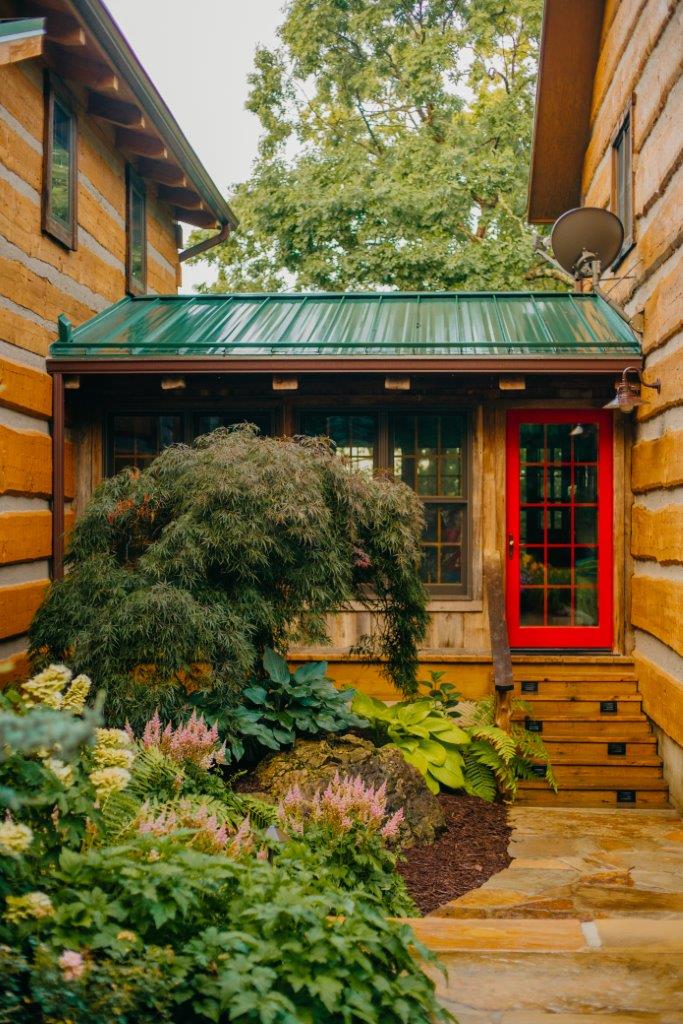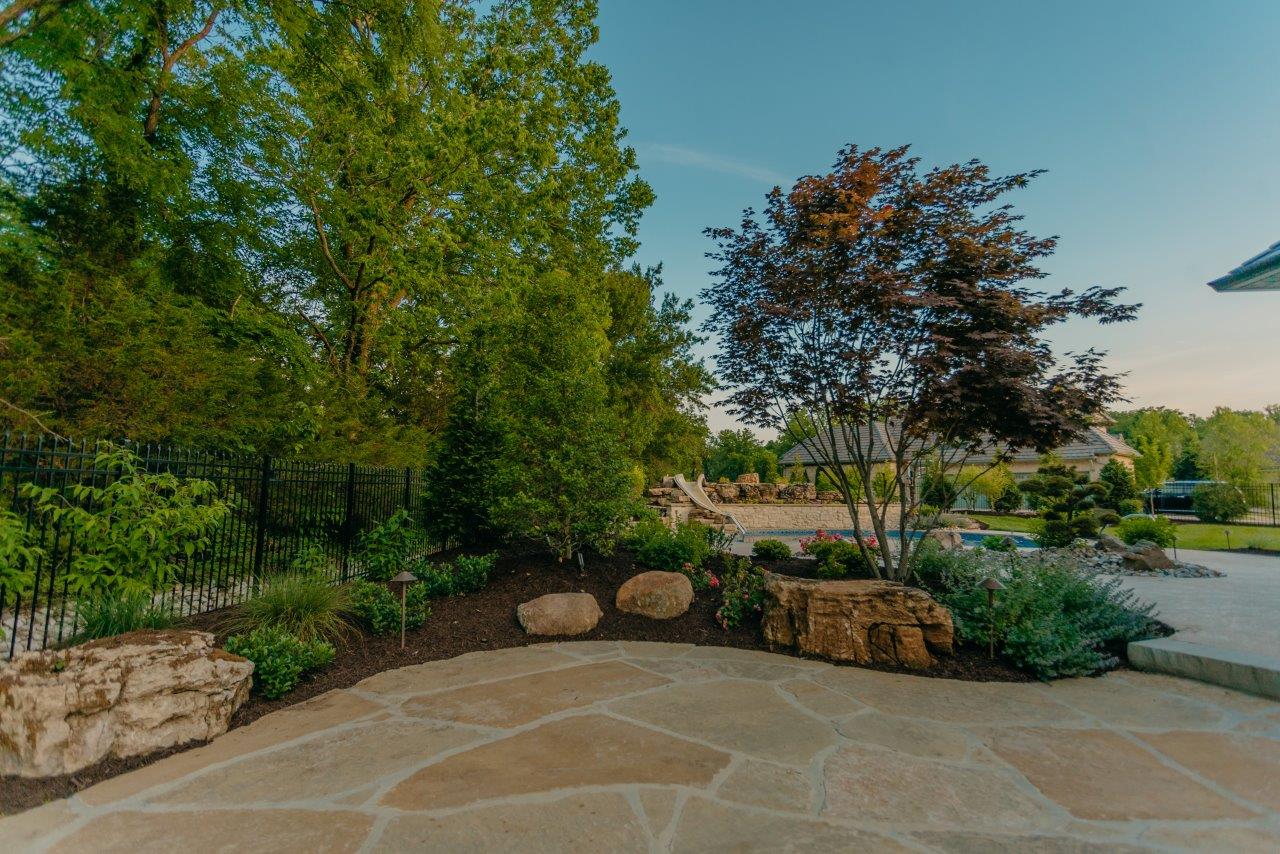Adding specimen plants to a landscape design is one way we like to add interest and focal elements to an outdoor space. Japanese Maples are an excellent selection for a specimen plant as there are several different varieties to choose from. As long as you have a suitable location for the tree, you can really add some visual and structural interest to the landscape. However, just saying you want a Japanese Maple is somewhat of a broad statement. There are different sizes, growth habits, and leaf colors to choose from. When it comes to selecting a variety, breaking the options down into those categories can help narrow down the selection and allow you to select the perfect Japanese Maple for your landscape.
The first consideration I have in selecting a Japanese Maple is to figure out what size tree can fit in the desired area. There are dwarf varieties that stay very small and fit into much smaller spaces. Some of these dwarf varieties can be as small as three to five feet tall and wide. On the other end of the range, there are varieties that can grow up to twenty-five feet and beyond. Therefore, this is the important consideration when selecting your tree.

When it comes to the growth habit, Japanese Maples can be separated into two categories: upright or weeping. When selecting what type to plant, it is important to consider the area where it will be planted. If there is a window on the house that cannot be blocked, a lower growing weeper would be a great choice. In front of a blank, tall wall would be a great spot for a larger upright maple that can standout against the wall. Keep in mind, both growth types are available in a range of sizes.
Japanese Maples typically have foliage color that are either in the red or green spectrum. Red Japanese Maples tend to be the most popular, but there are several great varieties that have green leaves. On several occasions, the green leafed varieties can standout and add as much interest as the red varieties. In addition to the color, there are a couple types of leaf shape to consider. Some varieties have leaves that are more broad or fuller in size while others have leaves that are thinner and more lace-like. As with the growth habit, it is important to consider the other elements around the area when deciding the foliage type.
When it comes to selecting a Japanese Maple, it can seem overwhelming at first with all the varieties available. However, if you break the selection process down into the categories I have mentioned, it can make the decision much easier and allows you to pick the perfect tree for your landscape.
To view many of the varieties available, visit our garden center’s website at superiorgardencenter.com and check out their Plant Finder tool. There you will be able to search Japanese Maple varieties and their features.

